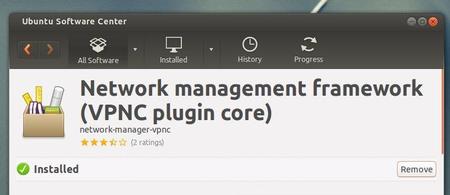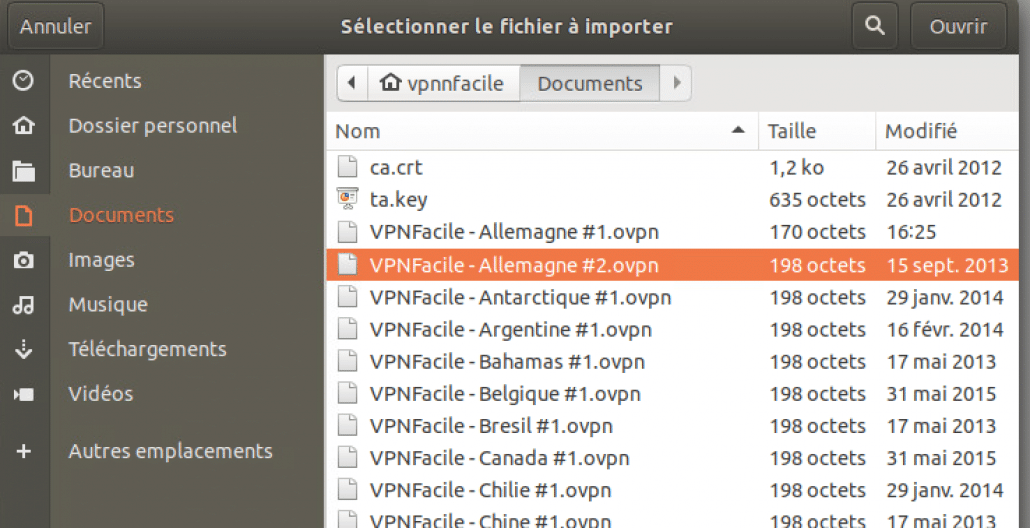

If you need to download the browser, see Download & install Google Chrome.

On devices running Chrome OS, sign in to the device with the corporate account that you will use to set up endpoint verification.If you have a Mac, Windows, or Linux device, they might ask you to install it. Your administrator can automatically install the Endpoint Verification extension for you. To stop sharing your device information, sign out your managed Google Account from your Chrome browser or remove the Endpoint Verification extension from your Chrome browser. Whether your device follows your organization’s policies (Chrome devices only).The first and last time your computer synchronized work data, including any encryption and if the device has a password.Your device ID, serial number, type, and operating system.When endpoint verification is installed, your Chrome browser is open, and you're signed in with your managed Google Account, your administrator can see: For administrators to use endpoint verification, you need to install Chrome browser, the Endpoint Verification extension, and possibly a helper app on your computer.

For Linux, the CPU must support AES instructions.Īdministrators in your organization use endpoint verification to control device access to your organization’s data and get details about the devices that do.Supported computers include Mac, Chrome OS, Linux Debian or Ubuntu, and Windows 7 or 10.Make sure your computer meets the Chrome browser system requirements. Endpoint verification requires Chrome browser.Endpoint verification lets your administrator review information about your device and control your access to apps based on your location, device security status, or other attributes. If you access your work account on a work or personal computer, your administrator might require you to set up endpoint verification.


 0 kommentar(er)
0 kommentar(er)
